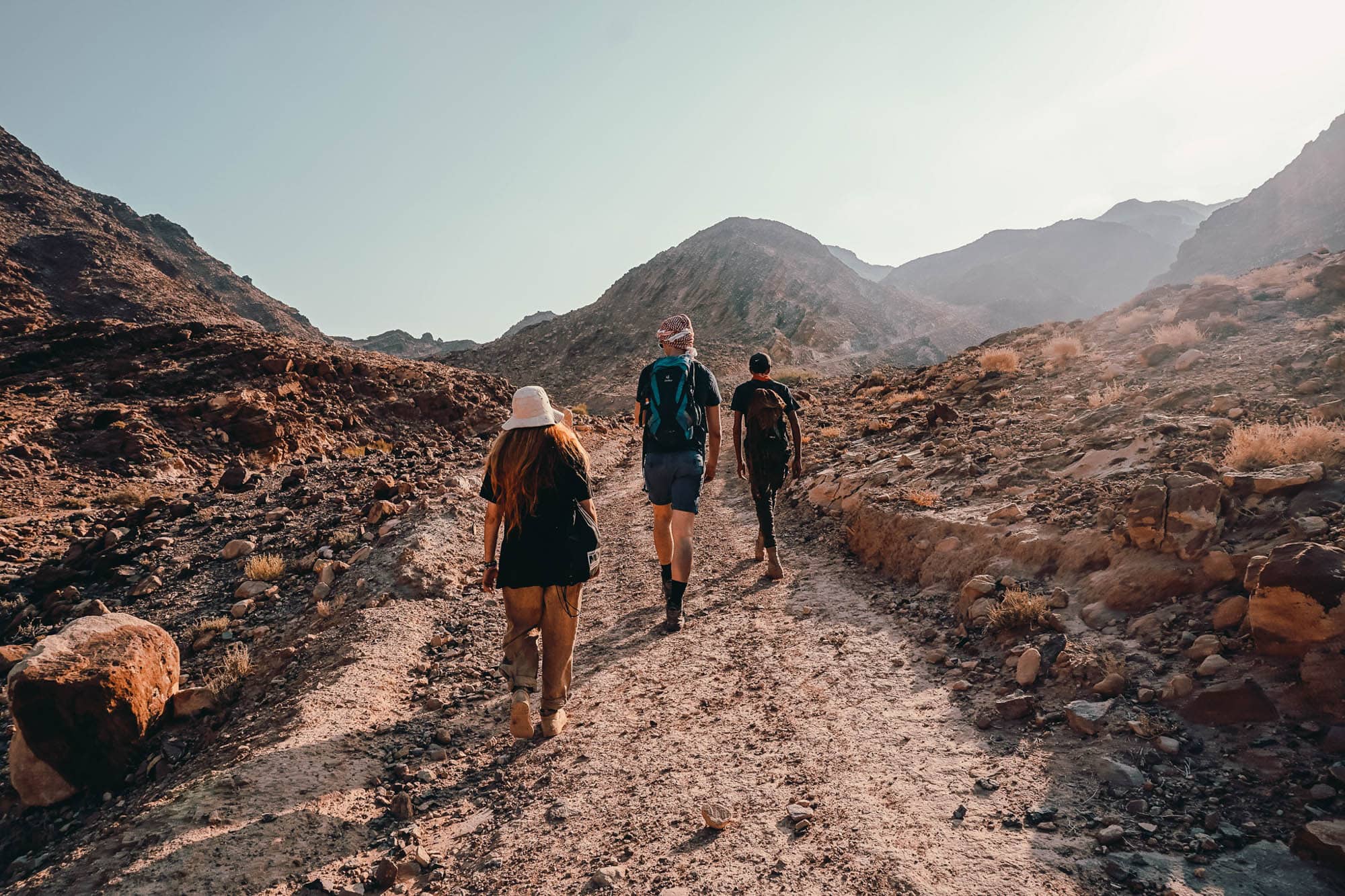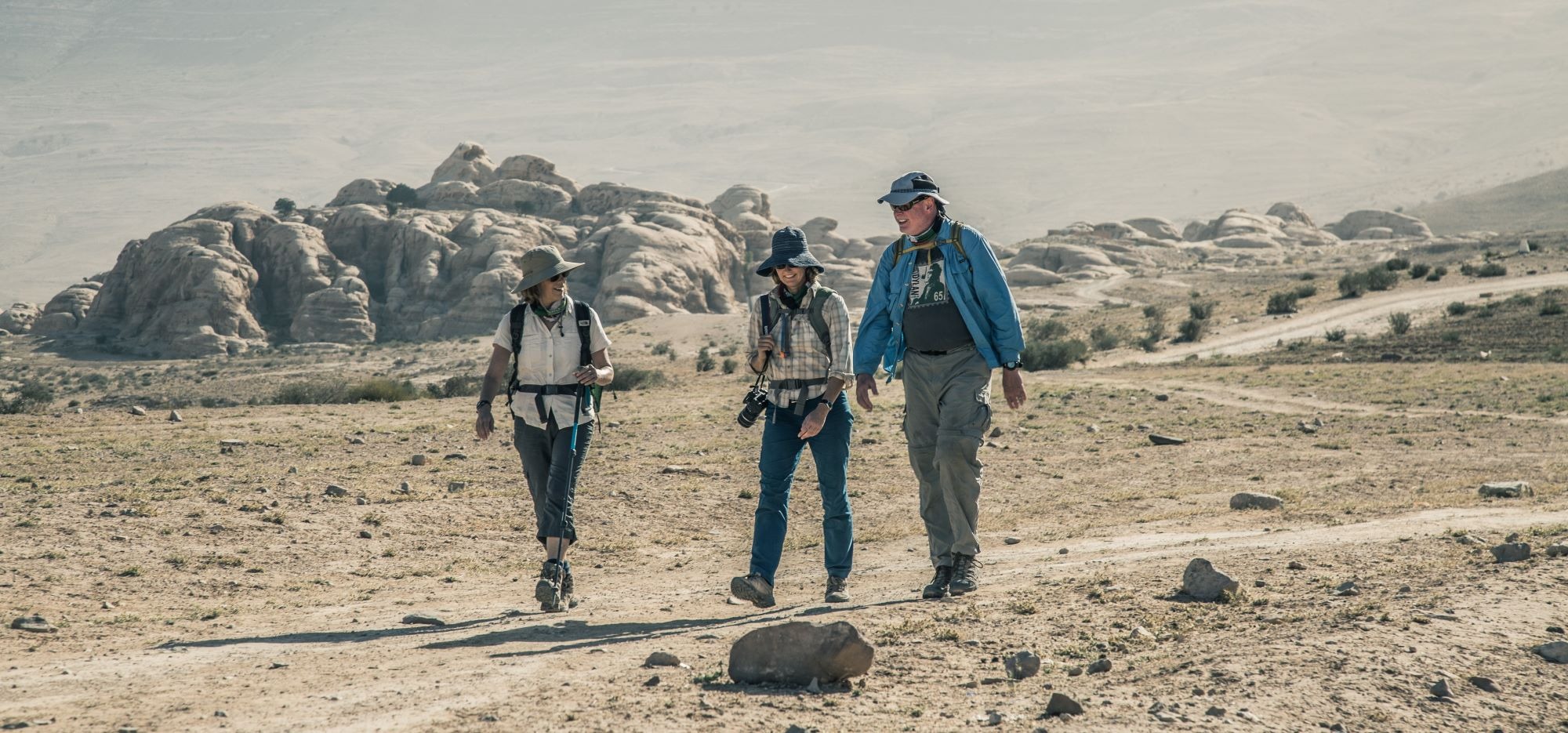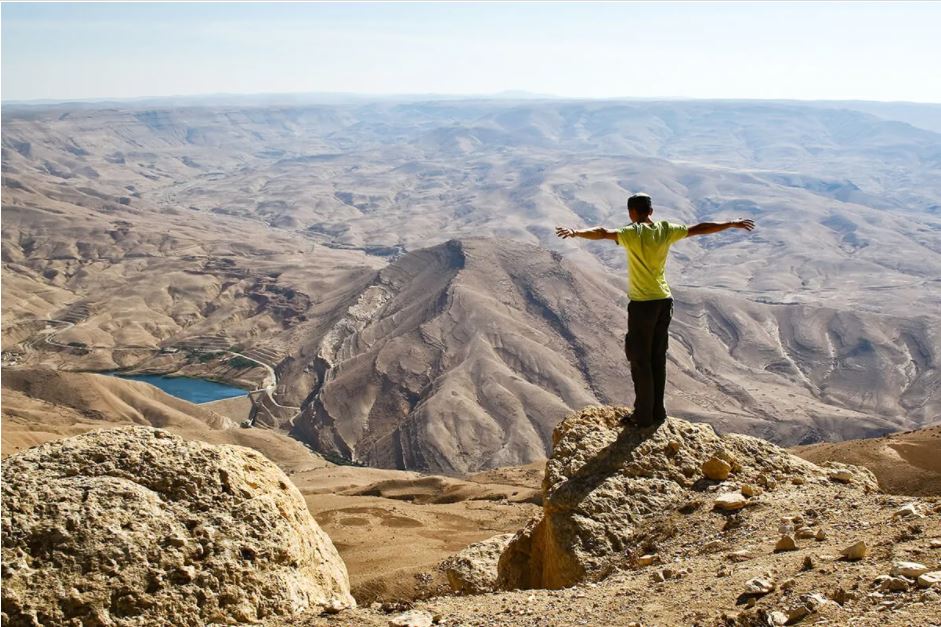The Jordan Hiking Trail is an adventurer’s dream. It stretches over 400 miles, offering breathtaking views.
This trail weaves through the heart of Jordan, showcasing its rich history and natural beauty. From the lush forests of the north to the barren deserts in the south, it offers diverse landscapes. Hikers can explore ancient ruins, encounter local wildlife, and experience traditional Bedouin hospitality.
The trail is not just a physical challenge; it’s a journey through time and culture. Whether you’re a seasoned hiker or a beginner, the Jordan Hiking Trail promises an unforgettable adventure. Ready to lace up your hiking boots and discover the wonders of Jordan? Let’s dive into what makes this trail so special.
Introduction To The Jordan Hiking Trail
The Jordan Hiking Trail was started in 2015. The trail spans about 400 miles. It passes through old towns and ancient ruins. Hikers can see Petra, a famous city carved from rock. The trail also covers many diverse landscapes. You can walk through forests, deserts, and mountains. The trail connects the north and south of Jordan. It is a journey through history and nature.
The trail has many sections. Each section offers a unique experience. Some parts are easier, while others are tough. Hikers can choose their path. Many people walk the trail in parts. Others hike the whole trail. There are places to rest and eat along the way. You can meet locals and learn about their culture. The Jordan Hiking Trail is more than just a walk. It is an adventure.
Must-visit Sections
The northern section of the Jordan Trail is full of beauty. Hikers can see lush forests and ancient ruins. The Ajloun Forest Reserve is a must-see. Oak, pine, and pistachio trees cover the area. The Roman city of Jerash offers an exciting glimpse into the past. Don’t miss the Um Qais village with its stunning views of the Sea of Galilee.
The central part of the trail offers diverse landscapes. Wadi Mujib is a favorite spot for many. It is often called the Grand Canyon of Jordan. The Dana Biosphere Reserve is another highlight. It has a variety of plants and animals. Petra, an ancient city carved into rock, is the crown jewel. Every step here feels like a journey back in time.
The southern section boasts stunning desert landscapes. The Wadi Rum desert is a popular destination. Its red sands and rock formations are breathtaking. The Aqaba coastal city offers a refreshing end to the hike. You can relax by the Red Sea. The views and experiences here make it a memorable part of the trail.
Wildlife And Flora
The Jordan Hiking Trail is home to many unique species. You can see rare birds. You might find special plants. Many animals live here. Some are very rare. Keep your eyes open for these treasures.
The trail changes with the seasons. In spring, flowers bloom. Summer brings dry and hot weather. Fall shows many colors. Winter can be cold, sometimes snowy. Each season offers a new experience.
Cultural Landmarks
Jordan Hiking Trail has many historic sites. You can visit ancient ruins. There are old forts and castles. Each site tells a story. You will see old temples. Famous cities like Petra are on the trail. Petra is known as the Rose City. You can walk through narrow valleys. See carved stone buildings. Feel the history.
Walking the trail lets you meet locals. They share their traditions. You can learn about Bedouin culture. Bedouins are desert people. They live in tents. They cook special dishes. You can try their food. Listen to their music. Watch their dances. Local guides tell stories. They talk about their ancestors. You will see local crafts. Handmade items are common. Each piece shows their skill.
Hiking Tips And Preparation
Good hiking boots are a must. They protect your feet. A backpack is also important. It holds all your gear. Don’t forget a water bottle. Staying hydrated is key. Bring a map and compass. These help you find your way. A first aid kit is essential. It helps with minor injuries. Pack some snacks too. They give you energy. A hat and sunglasses protect you from the sun. Finally, a flashlight is useful for the dark.
Always hike with a buddy. It’s safer. Tell someone your plan. They can help if you get lost. Check the weather before you go. Wear suitable clothes. Layers are best. They keep you warm or cool. Stay on marked trails. This prevents getting lost. Watch your step. Avoid loose rocks. Carry a whistle. It can signal for help. Keep an eye on your surroundings. Be aware of wildlife. Don’t disturb animals. Stay calm and enjoy the hike.
Accommodation Options
Camping along the Jordan Trail is very popular. Many hikers enjoy the beauty of nature. Set up your tent under the stars. Some campsites have basic facilities. These include toilets and water points. Make sure to check for any restrictions. Always leave no trace. Respect the environment.
Guesthouses offer a cozy stay. They provide meals and a comfy bed. Some guesthouses are family-run. This gives a warm, welcoming feel. Hotels are available in larger towns. They offer more amenities. These include Wi-Fi and hot showers. Make reservations ahead of time. This ensures a smooth trip.
Local Cuisine
Jordan has many delicious traditional dishes. Mansaf is a popular dish made with lamb. It is served with rice and a yogurt sauce. Falafel is another favorite. These are fried chickpea balls. Hummus and tabbouleh are common starters. They are served with pita bread.
In Amman, you can try Sufra Restaurant. It serves tasty Jordanian food. Al Quds Restaurant is also very good. It is famous for its falafel. In Wadi Musa, visit Al-Wadi Restaurant. They offer a range of local dishes. Also, check out The Cave Bar. It is a unique place to eat near Petra.

Credit: travelrebels.com
Travel Logistics
To reach the Jordan Hiking Trail, fly into Queen Alia International Airport in Amman. From there, you can take a bus, a taxi, or rent a car. Buses are the cheapest option. They might take longer but are budget-friendly. Taxis are faster but cost more. Renting a car offers freedom to explore at your own pace. It is a good choice for groups. Plan your route in advance. Always check the weather before starting your journey.
Jordan offers various transportation options to explore the hiking trail. Buses and taxis are common in cities. For long distances, consider renting a car. It is convenient and offers flexibility. Public buses are cheaper but can be crowded. Some prefer taxis for comfort. Always agree on the fare before the trip. Car rentals require an international driving permit. Ensure your rental car is in good condition. Safety first!
Environmental Impact
Conservation efforts are crucial for the Jordan Hiking Trail. Locals and groups work hard to protect nature. They clean paths and plant trees. They also teach hikers to respect wildlife and plants. These actions help keep the trail beautiful and safe.
Responsible hiking means respecting nature. Stick to marked paths. Do not litter. Carry reusable bottles and bags. Avoid disturbing animals. Take photos without harming plants. These small actions protect the environment. Enjoy the trail but leave no trace.

Credit: www.touristjordan.com

Credit: www.experiencejordan.com
Frequently Asked Questions
How Long Does It Take To Hike The Jordan Trail?
Hiking the entire Jordan Trail takes around 40 days. This long-distance trail spans 675 kilometers from Umm Qais to Aqaba.
How Much Does It Cost To Do The Jordan Trail?
The Jordan Trail costs vary. Budget travelers might spend $50-$70 per day. Luxury options can exceed $150 daily.
What Trail Did Reese Witherspoon Hike?
Reese Witherspoon hiked the Pacific Crest Trail.
How Hard Is The Garden Of The Gods Hike?
The Garden of the Gods hike offers easy to moderate trails. Some paths are flat, while others have rocky terrain. Suitable for all skill levels.
Conclusion
The Jordan Hiking Trail offers an unforgettable adventure. Hikers experience diverse landscapes and rich history. Each step reveals new wonders. Local communities add warmth and stories. Prepare well and respect nature. The trail promises lasting memories. Ready to explore? Discover Jordan’s hidden gems.
Happy hiking!











